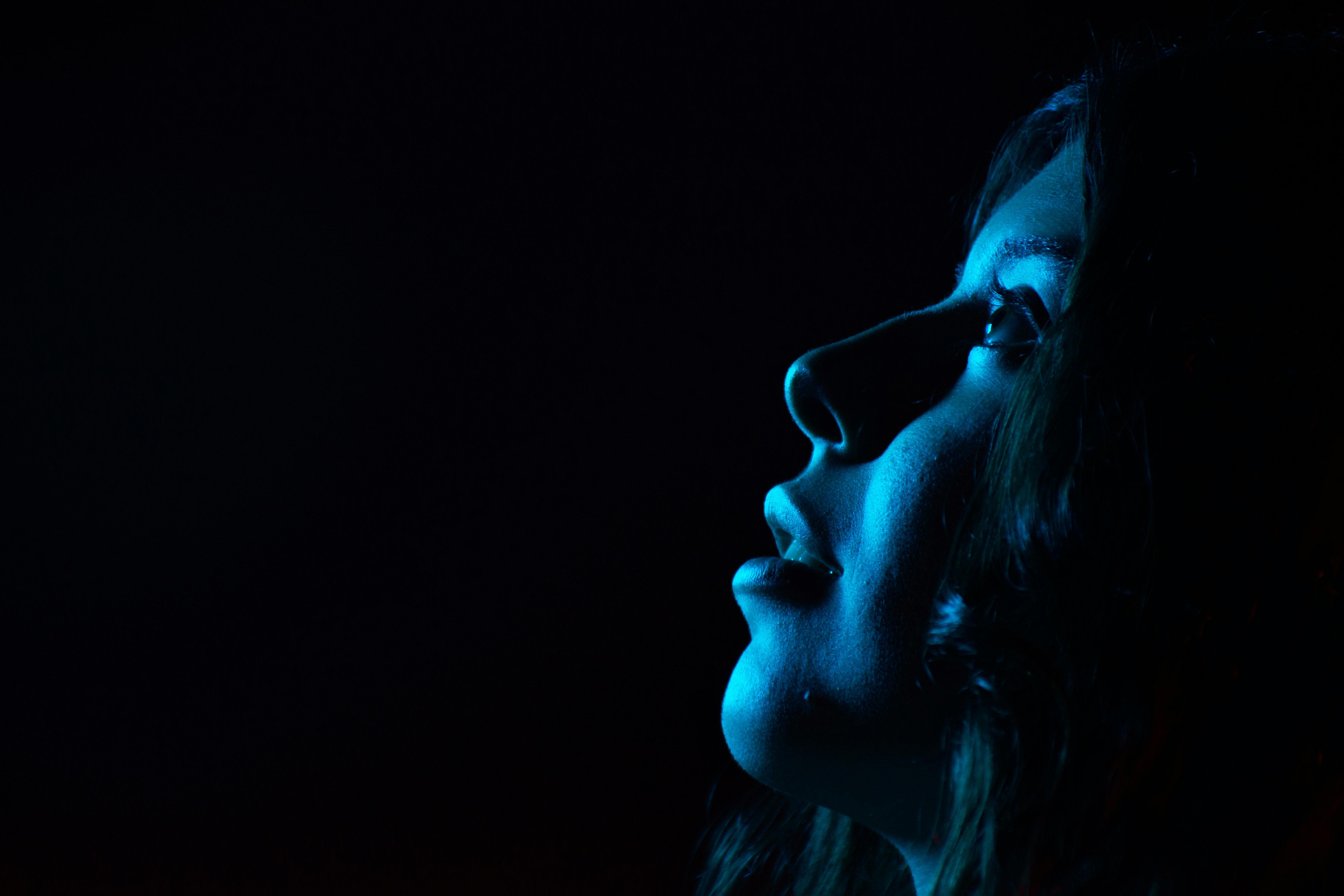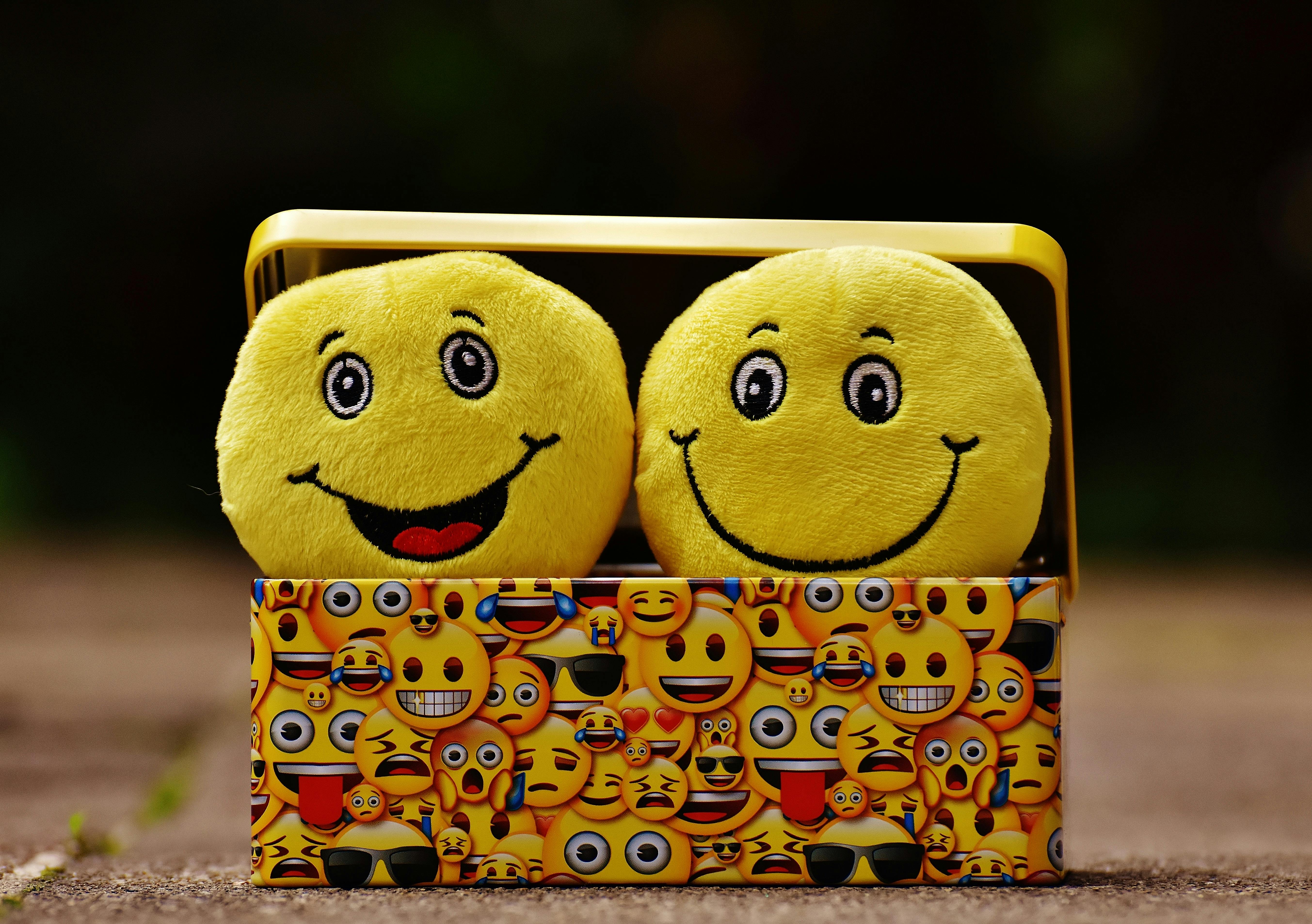Unveiling the Wonders of Color Therapy in Beauty and Fitness
Color therapy, also known as chromotherapy, is a fascinating yet underappreciated area in the beauty and fitness landscape. This therapy, deeply rooted in ancient cultures and practices, is steadily gaining traction for its potential to enhance wellness in unique, non-invasive ways.

The Genesis and Evolution of Color Therapy
The concept of color therapy can be traced back to ancient Egypt, where color-lit rooms were used for healing. The Egyptians believed that different colors could invoke various energies and emotions. The Greeks, too, were known to have used color therapy, associating different colors with different deities and, by extension, different healing properties.
Fast forward to the 19th century, when Augustus Pleasonton’s studies suggested that blue light could stimulate the growth of plants and animals. Edwin Dwight Babbitt, another 19th-century scholar, published “The Principles of Light and Color,” where he detailed his experiments with colored light and its impact on the human body.
In the 20th century, color therapy started gaining scientific backing. Dr. Niels Finsen won the Nobel Prize in Medicine in 1903 for his use of light therapy in treating diseases like lupus and smallpox. Today, color therapy is being used in diverse fields, including psychology, design, and, of course, beauty and fitness.
Current Industry Trends and Expert Analysis
Color therapy in the beauty and fitness industry is becoming a compelling topic for experts and consumers alike. In the beauty sector, color therapy is being incorporated into skincare and makeup products. Brands are creating products that change color when applied, providing customers with a unique, sensorial experience.
In the fitness industry, color therapy is being used in gyms and fitness centers to create mood-enhancing environments. For instance, blue light is used in workout spaces to create a calming atmosphere, while red light is used in high-intensity workout zones to stimulate energy and passion.
According to Dr. Marc Cohen, a leading expert in wellness and integrative medicine, color therapy can have profound effects on our mood and physiology. He explains, “Our bodies absorb light and convert it into energy. Different colors have different wavelengths and hence different energy levels, which can affect our state of mind and physical wellbeing.”
Impact on the Market and Benefits of Color Therapy
Color therapy brings a holistic approach to beauty and fitness, aiming to enhance not just physical appearance or performance but mental and emotional wellbeing too. Brands that tap into this trend are likely to cater to an increasing number of consumers seeking comprehensive wellness solutions.
The benefits of color therapy are diverse. It can help to reduce stress, improve mood, enhance energy levels, and even alleviate certain physical ailments. As a non-invasive, natural therapy, it’s also a great option for those looking to avoid chemical-based treatments or rigorous workout routines.
Evidence-Based Claims and Recommendations
Various studies support the effectiveness of color therapy. A 2018 review in the Journal of Evidence-Based Complementary and Alternative Medicine found that chromotherapy could have potential therapeutic benefits.
While more research is needed to solidify these claims, preliminary findings indicate that color therapy could be a valuable addition to beauty and fitness routines. As with any therapy, it’s essential to approach it responsibly and seek professional guidance if needed.
Conclusion
Color therapy offers a fresh, intriguing perspective in the beauty and fitness industry. As consumers increasingly seek holistic, innovative wellness solutions, the potential of color therapy is undeniable. Embracing this colorful trend could lead to a vibrant, more holistic approach to beauty and fitness.






